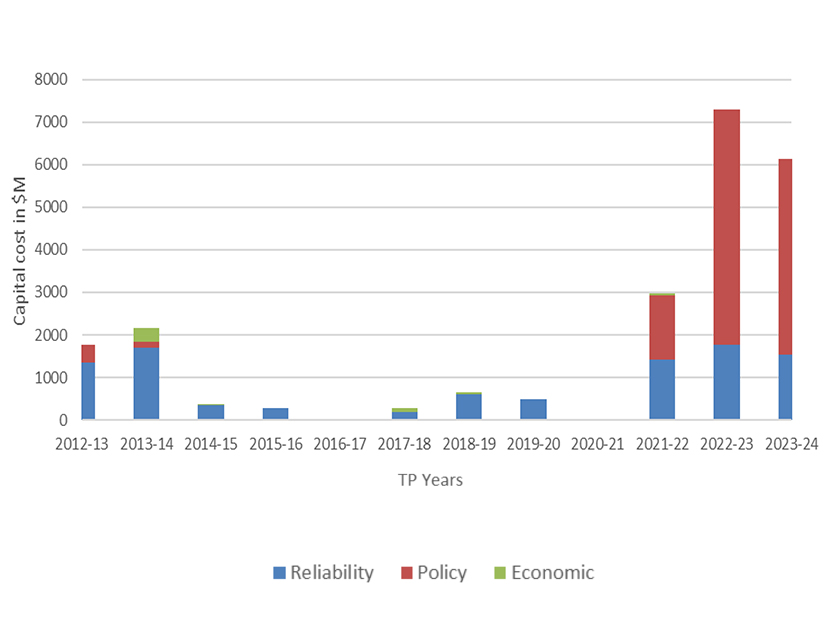
Data centers are contributing to significant load growth and project needs in Silicon Valley, according to CAISO representatives speaking at the Sept. 23 kickoff meeting for the ISO’s 2024/25 transmission planning process.
While the San Jose area — a 115-kV network between the Newark and Metcalf substations — has seen the largest forecast increases, the greater Bay Area also has seen large load growth.
In the 2021/22 transmission planning cycle, the California Energy Commission forecast about 9,500 MW for the Bay Area, a figure that since has grown to about 12,000 MW.
“The Bay Area in general has grown, and that’s fuel switching; that’s EV; that’s just growth in general,” Jeff Billinton, CAISO director of transmission infrastructure planning, said in the meeting. “We’re also doing a sensitivity because there is a significant number of interconnections that PG&E is receiving for data centers in that area.”
The San Jose area saw particularly significant load forecast increases, said Binaya Shrestha, manager of regional transmission north at the ISO. In the 2024/25 planning cycle, the region saw an increase of about 3,400 MW in the base case and 4,200 in the long-term sensitivity scenario. As a result, a project approved in the 2021/22 cycle, as well as the overall long-term transmission plan for the area, was re-evaluated.
The ISO is considering alternatives to the previously approved project: a multi-terminal HVDC configuration that would connect the San Jose B converter to the Newark HVDC converter, meant to address load serving issues. When the project was approved, the long-term load in the area was about 2,100 MW.
“Coming to this cycle, 24/25, when we look at the load in the long-term scenario in 21/22, it’s about a 60% load increase,” Shrestha said.
A sensitivity case was developed to evaluate how an increase of load in the area would affect the proposed project and whether there was flexibility to expand the plan to serve more load. The ISO found that addition of the project would cause “severe overloads.”
Additionally, LS Power, the project sponsor, identified a cost increase for the HVDC equipment, and worked with the ISO to develop alternatives to the project that could reliably deliver power without significant overloads or price increases.
Multiple alternatives were considered, including high-capacity AC lines, a bi-pole multi-terminal HVDC, and a hybrid AC-HVDC solution.
“Putting that all together, we are recommending a hybrid solution to move forward in this area,” Shrestha said. “That recommendation includes a 1,000-MW HVDC link between Metcalf and San Jose B, and we are changing the scope of the Newark HVDC to a high-capacity 230-kV AC line.”
CAISO seeks to expedite approval of the altered project so it still can meet the 2028 planned in-service date, which “the area needs to be able to serve load.”
The ISO also recommends a new 230-kV line connecting Newark and San Jose B. The scope change will be voted on by the Board of Governors in November.

